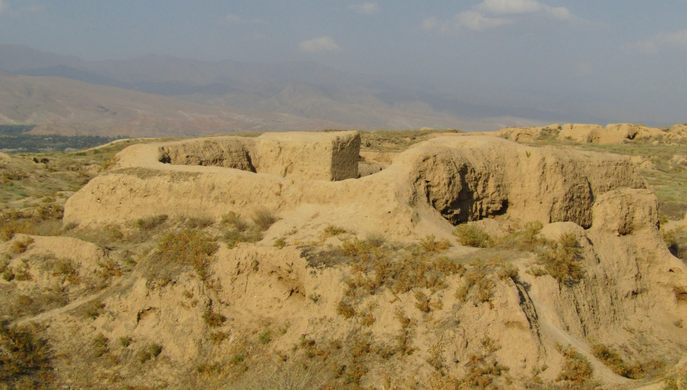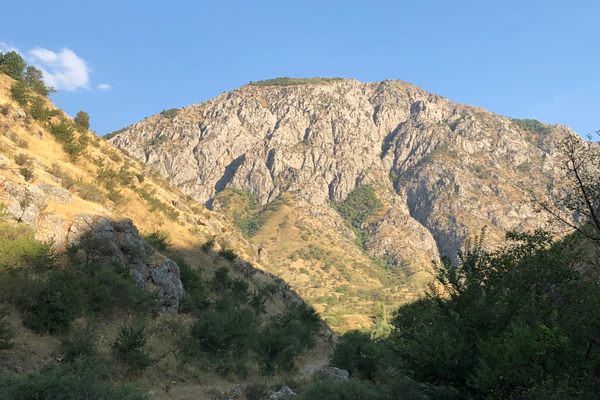Ancient Panjakent
The remains of an ancient city-state along the Silk Road.
Ancient Panjakent was one of the easternmost settlements of the Sogdiana Empire, an Iranian civilization that ruled large swathes of territories in central Asia more than a thousand years ago. Zoroastrianism was the predominant religion of the empire, and its holy books mention Sogdiana as the second-best land that god created.
Sogdiana history goes back to the Bronze Age and further, and includes such historic celebrities as Cyrus the Great, Darius I, Xerxes, and Alexander the Great. But the empire began flourishing around the beginning of the 400s CE, thanks to extensive trade along the Silk Road.
Countless Sogdian settlements of all sizes could be found along the famous ancient trade route, and the bigger ones acted as de facto city-states. Panjakent was one of them, and its importance was underpinned by the fact that anyone traveling between Samarkand and Kuhiston Mountains had to pass through this city.
Archaeologists found evidence that Panjakent was founded around the year 400 and was abandoned by the end of 800. Year 722 marked the arrival of Arab conquerors, which prompted the abandonment of the city and the introduction of the Islamic religion in the region. Unlike most other ancient settlements in central Asia, Ancient Panjakent was abandoned in haste and never built over by subsequent dwellers.
Excavations of the ancient city began in 1946 and are still ongoing. To date, archaeologists have unearthed residential and suburban quarters that include two Zoroastrian temples, modest dwellings, and workshops; the citadel, which includes a large palace and fortified walls; and the necropolis, with evidence of ossuaries and fire-altars typical of Zoroastrian civilizations. Separating these buildings is a network of streets and lanes that were often covered by vaults. The predominant construction method was mud and clay bricks, which is still used nowadays for pens and stables.
One of the most remarkable findings in Ancient Panjakent were the frescoes, some of which were remarkably well preserved and show revealing aspects of life and religious beliefs from the era. Some of these frescoes are now housed at Rudaki Museum, located in the centre of Panjakent, while others are in the National Museum in Dushanbe and the Hermitage Museum in St. Petersburg, Russia.
Know Before You Go
The above map coordinates will take you to the Archaeological Museum of Ancient Penjikent excavations. Ancient Panjakent is perched on top of a hill overlooking modern-day Panjakent, and it is not fenced off, which means that there are several entry points. There is, however, an official entrance that taxi drivers usually take visitors to. For a small fee, visitors gain access to the ancient city and the museum across the street. The term “museum” may be an overstatement since it consists of a room with some artifacts excavated in the area and some information about Russian archaeologist B. Marshak, who led the excavations for decades.




















Follow us on Twitter to get the latest on the world's hidden wonders.
Like us on Facebook to get the latest on the world's hidden wonders.
Follow us on Twitter Like us on Facebook